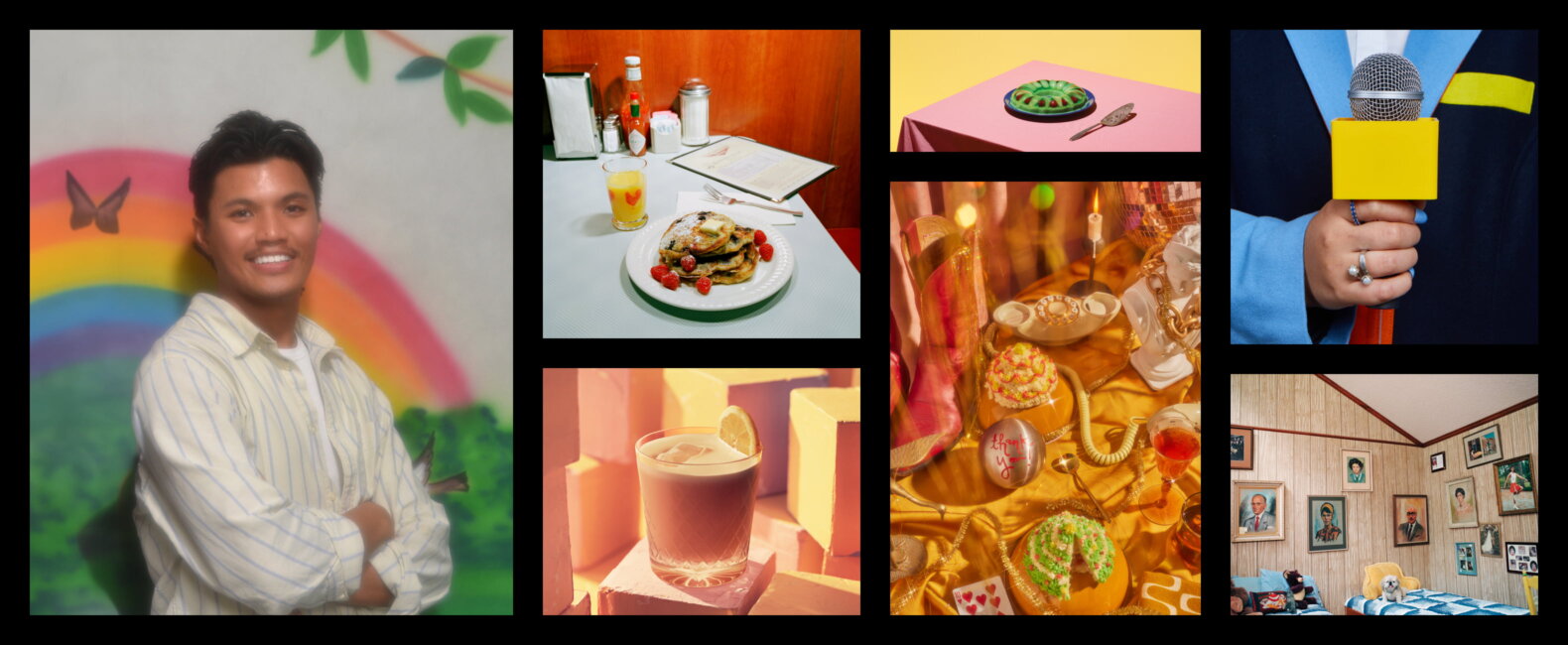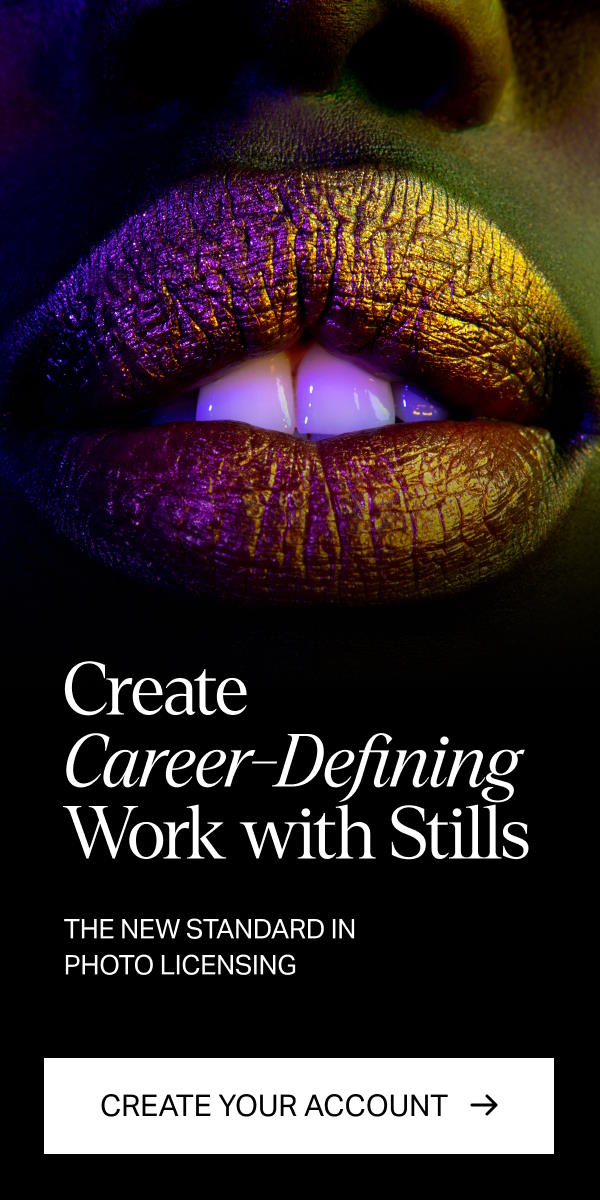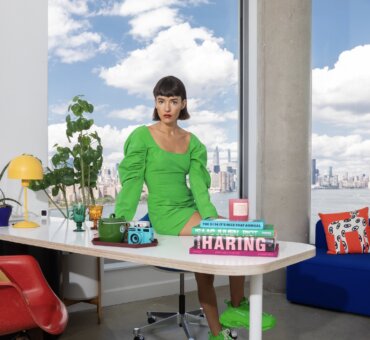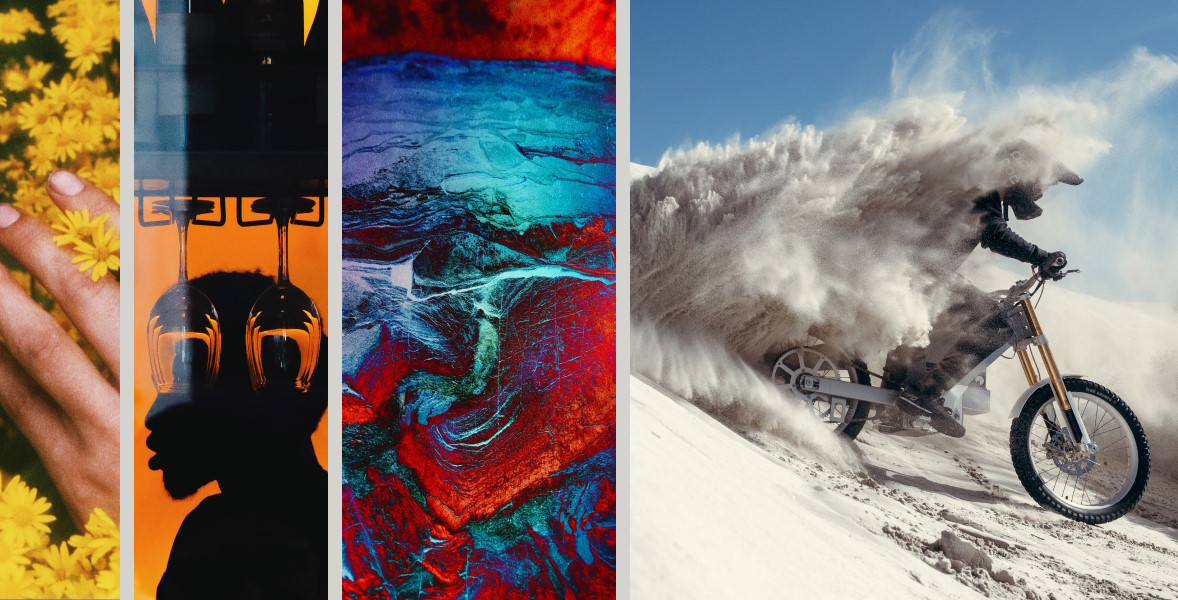Meet James Junk, a LA-based designer with a flair for creativity. His unique approach to design marries daily inspiration with a deep understanding of the creative process. From evolving design methods to seeking inspiration in the great outdoors, James shares his journey. Dive into the world of design with insights from an artist who lives and breathes creativity. Explore James’ work here.
Question: What is your design process like? How has it changed as you’ve evolved in your career?
James: My design process is like getting dressed—it changes every day and depends on what I have going on that day. Do I need to send art direction proposals for a branding client? If so, the process is systematic and functional—scrolling through sites for inspiration first, curating mood boards, then trimming down those mood boards, pulling type and identity from all over the aether, and hopefully landing at some solid jumping-off points. Am I designing a poster for myself? If so, I crack open an empty canvas on Photoshop, put all trust in my little fingers of magic, and see what happens. Or what crappens. Sometimes, a day consists of both, and those are the fun days because I get to jump around and cavort through creative tasks that make me feel lucky to do what I love for a livelihood. Those days always end with dry eyes and a forgotten dinner though.
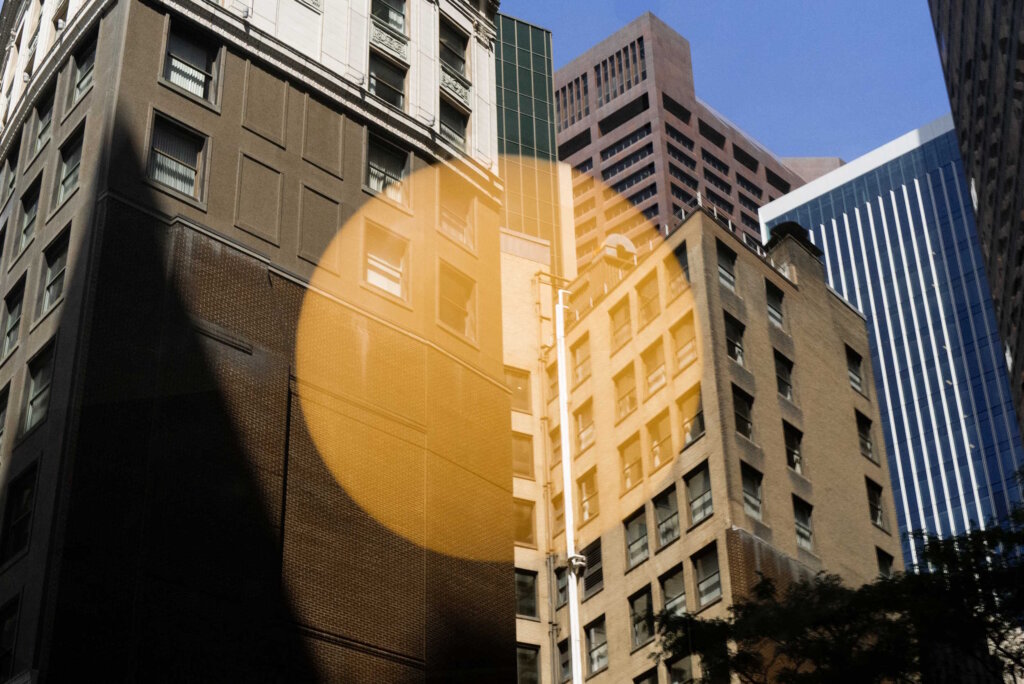
Q: Where do you look for inspiration?
J: By going outside and doing things. Really, there is no better way to feel inspired again than to go outside. Life becomes more interesting when we leave the confines of our home, room, studio, or what have you, and start doing things. Just sitting out in nature alone invites a cascade of inspiration—birds chirping, trees dancing, wind blowing, sun setting. I mean, the cavepeople literally spent their entire lives outdoors and they invented literally everything we have now—fire, religion, language, fashion, art. Everything! Did they also die before turning twenty-two? Sure, but at least they died creative and happy.
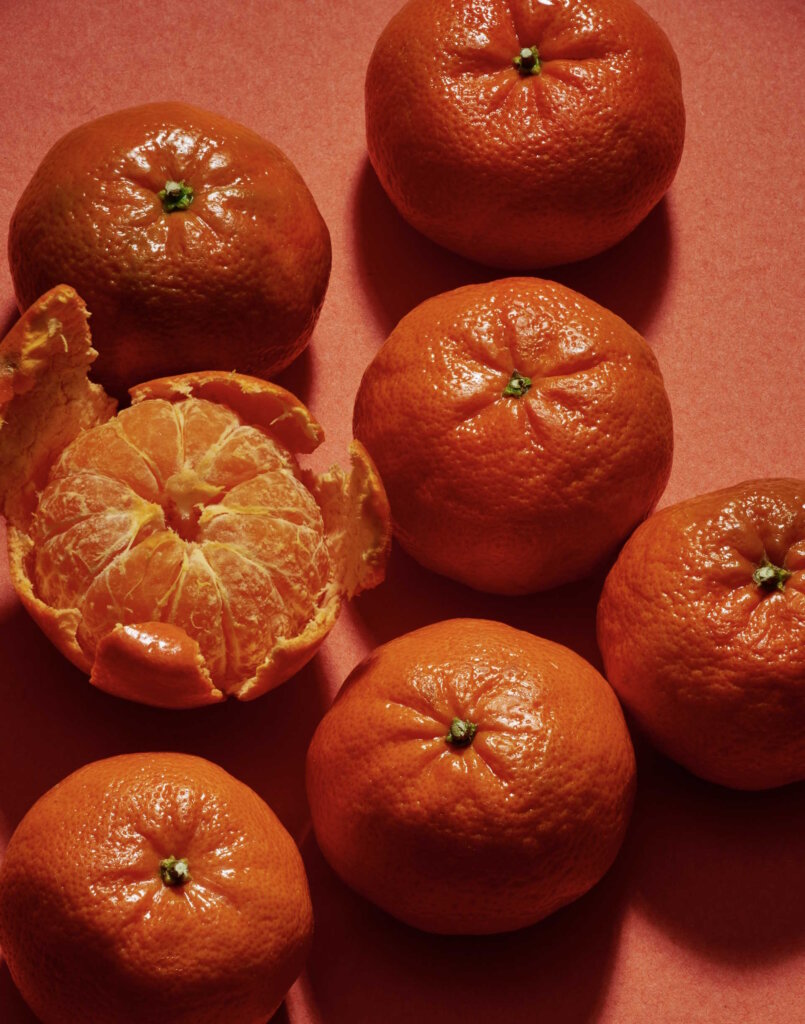
Q: How do you get your head back in the game when you’re feeling burnt out?
J: By not forcing myself to create, and by not judging myself for feeling burnout. I’ve learned to give myself a lot of grace, something I never used to do. I remember always feeling guilty for not doing enough or not as much as yesterday. Now, I use the time to remind myself that feeling burnt out is normal and part of the creative lifestyle, and that being burnt out is nothing but a sign that I’m actually doing something that matters—doing it so much that I’m burnt out from it. This perspective allows me to embrace burnout as a temporary phase and a testament to my own creative prowess.
Q: If you can share, what do you think is your ‘secret weapon’ when creating? Please explain how you developed this skill.
J: I think my edge as a creative is being able to divorce ego out of the process and truly approach creation as a human, and not as an infallible design deity of some sort who invented graphic design and who is the first and last to ever do it. Once I transcended that way of thinking and creating alike, my creative flow became a lot more fluid, expansive, and holistic. I express better, I create freer, and let’s face it, I have fewer wrinkles.
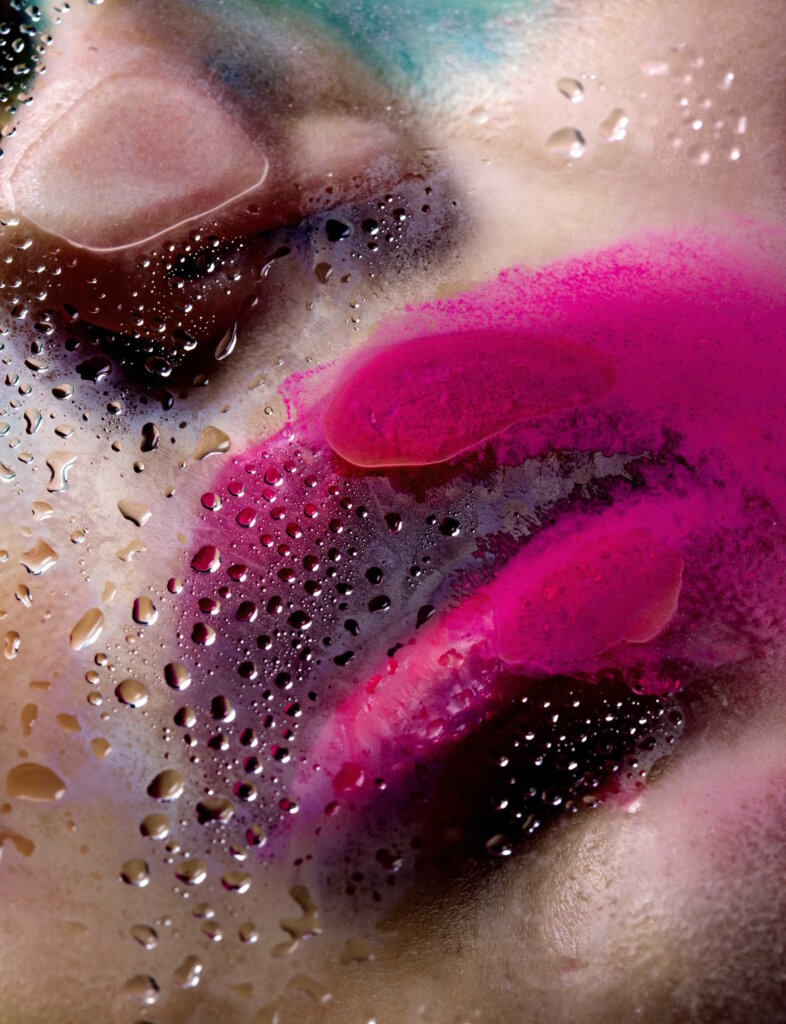
Q: Looking back, what are some hurdles you had to overcome personally that impacted you? They can be big or small.
J: Never feeling a sense of belonging is a big one. I was never an outcast growing up (thanks to my Leo sun), but I also never felt like I belonged anywhere but with myself (thanks to my Libra moon). As a little boy, you can imagine how lonely that could at times feel. But as an adult, that feeling is a little less agonizing and a little more extraordinary because you look at the people around you and see that a lot of them don’t like their own selves, not even enough to do things alone by and realize that you do, and that’s a privilege.
Q: What do you like about Stills? How is it a good resource for designers?
J: Stills makes collecting imagery better, smarter, and more streamlined. It really satisfies my innate predisposition to gather. My clients get to see mood boards and proposals using imagery they’ve never seen before, and that gives me bonus points as their designer. What sets it apart for me is being able to filter through Stills’ inclusive, curated catalog of photographs by color, down to the hex code. I mean, come on, that’s the stuff of the future.
Tired of using bleak stock images?
Try Stills, a photo licensing platform for exceptional designers.
The New Standard in Photo Licensing
License the cover image via Roman De Giuli.
